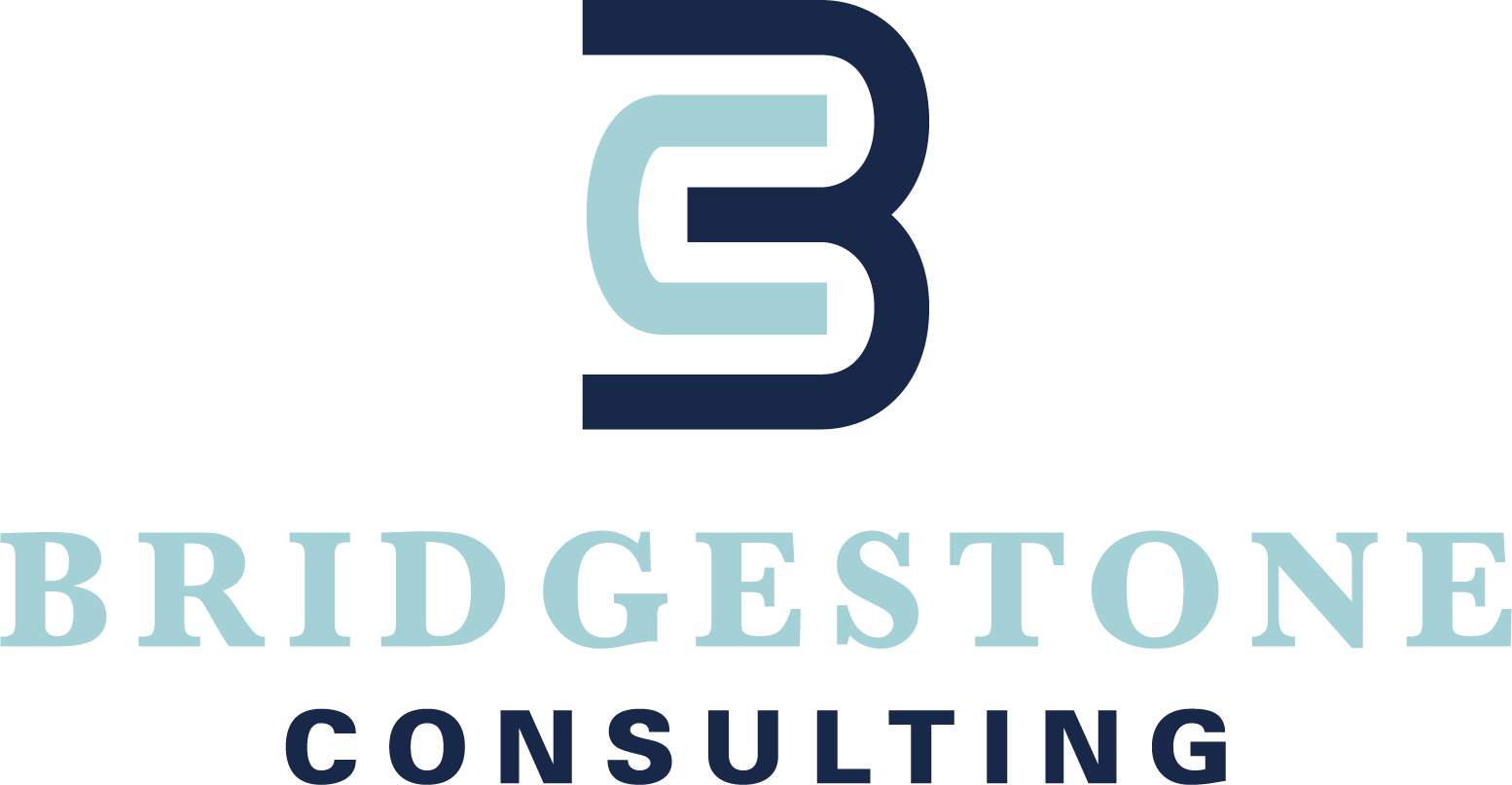March 2020: Expect the Best, Prepare for the Worst, and Be Ready for Surprises
March started out with a gloomy forecast for the country’s healthcare landscape. The first six cases of COVID-19 deaths happened here in the Seattle area where Bridgestone Consulting is located. I wish we can say that the United States is ready for this pandemic, but it isn’t. We’ve known about this for months, and yet this virus still blindsides us as if we haven’t learned from the rampant adverse affects in China. But, this virus is hurting us in ways we didn’t expect. Over the weekend, stocks plummeted, supplies sold out, and new myths and conspiracy theories pop up on everyone’s social media newsfeeds. Growing up, we have all heard the phrase “expect the best, prepare for the worst and be ready for surprises”.
How is your organization preparing for the worst? Have you been training staff to deal with the outbreaks? What workflows have you put in place to ensure you prevent the virus from spreading? What educational information has your organization provided for staff, patients and the general public? What myths have you heard in your own patient population and communities, and how are these myths affecting public health? By now, information overload may be occurring for many of you. As healthcare professionals, you know to advice patients to wash hands, stay home when feeling sick, and to practice cough and sneeze hygiene. You know to advice patients not to stock up on face masks and other medical supplies, which cause a widespread of unnecessary worldwide shortages. You know the CDC continues to update its guidelines almost on the daily, including the name of this disease on here and the WHO gives us updates here .
What has surprised you about this pandemic? For me, the biggest surprise has to be mass knee jerk reactions. Within 24 hours of the first death announcement, several Costco warehouses in the greater Seattle region had its highest sale day of the decade; one warehouse sold 1.5 million dollars in one day. Medical supplies, medication, personal hygiene products, emergency preparedness supplies and certain food are almost sold out. A liter bottle of Purell hand sanitizer costs $75 on Amazon. People wear face masks, including reusable masks, inappropriately in public, while touching their faces and surfaces such as food items in the grocery aisles. All this in response to six deaths. Meanwhile, Influenza kills up to 60,000 Americans each year. For this flu season alone which has not yet ended, there is an estimate of up to 46,000 deaths per CDC statistics, and up to 646,000 deaths worldwide per John Hopkins Medicine. But that doesn’t quite make national news. As of March 2nd, COVID-19 has killed 3,085 patients worldwide, six of whom are in the US. You can find a side by side comparison between COVID-19 and Influenza here.
According to the NIH, preventable adverse events such as medication errors are a leading cause of deaths and injuries in the United States. If you know that simply being admitted to the hospital, even if just for a routine preventative procedure, will increase your chance of complications much higher than that of the Corona virus, how would you lead your life differently? How would you design the healthcare system differently? And how would you train your clinical workforce differently?
We are at the front line of this pandemic. We are called to the healthcare profession to serve in times of needs. But simply reacting to a public health crisis is not enough. Panic and knee jerk reactions will cause more damage to the general public than this virus alone. We must be systematic and calm. No other time is education more important than during a pandemic. As you design your educational programs, have you made space in your curriculum to address public health crisis and systematic approaches to infectious disease prevention that are population appropriate? How have you prepared for the worst and be ready to deal with surprises? As this virus takes the center stage, we may forget other healthcare needs that can hurt our patients in ways we didn’t anticipate.
A colleague of mine, an experienced nurse and educator of 40 years, joked “everyone is stocking up on Purell, here I am just making sure there is enough whiskey to deal with the chaos”.
